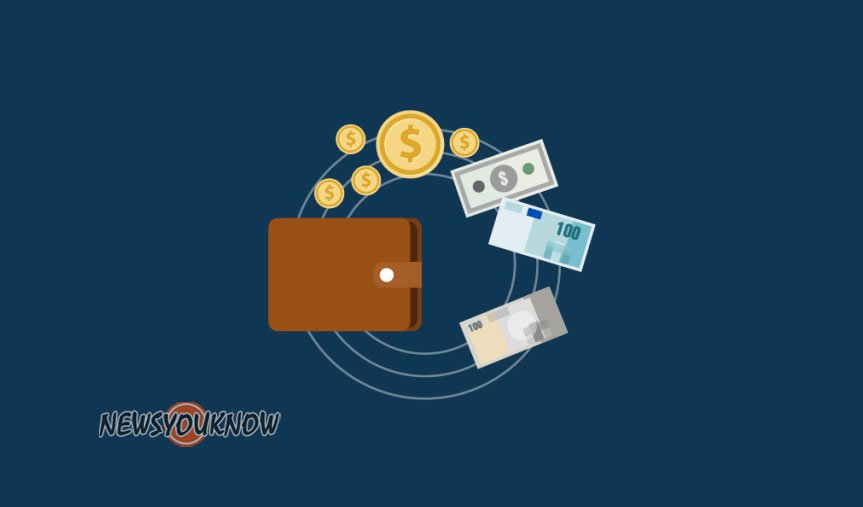Creating a personal budget is an essential step toward managing your finances effectively. A personal budget is a written plan that outlines how you will spend and save your income each month. It helps you track your expenses, prioritize your spending, and achieve your financial goals. In this article, we will discuss the steps to create a personal budget, tools and resources for budgeting, and tips for effective budget management.
Steps to Create a Personal Budget
Creating a personal budget can be simple if you follow these five steps:
Step 1: Estimate Your Monthly Income
The first step in creating a personal budget is to estimate your monthly income. This includes all sources of income, such as your paychecks, child support, pay from gig work, Social Security income, etc. If your paycheck amounts differ each period, estimate conservatively to set yourself up for success.
Step 2: Identify and Estimate Your Monthly Expenses
The next step is to identify and estimate your monthly expenses. Start by estimating your fixed expenses, which are those that are the same amount each month. Your rent or mortgage, cell phone bill, car payment, and insurance premiums are examples of fixed expenses. Next, estimate your variable expenses, which are those that may change from month to month, such as groceries, gas, and entertainment. Credit card and bank statements are a good place to start since they often itemize or categorize your expenses.
Step 3: Set Realistic Goals
Before you start creating your budget, set realistic goals. Short-term goals should take around one to three years to achieve and might include things like paying off credit card debt or saving for a vacation. Long-term goals, such as saving for retirement or your child’s education, may take decades to reach. Remember, your goals don’t have to be set in stone, but identifying them can help motivate you to stick to your budget.
Step 4: Make a Plan
Once you have estimated your income and expenses and set your goals, it’s time to make a plan. Start by subtracting your estimated expenses from your estimated income. If you have more income than expenses, you have a budget surplus. Your surplus will tell you if you can afford a more expensive car payment, a nicer apartment, or increase the amount you’re paying toward your debt. If you have more expenses than income, you have a budget deficit. This is a terrible position to be in, but it’s not insurmountable. You need to look over your records and figure out how to save money. Can you cut back on eating out? What about your entertainment budget? Devise a system to record your spending for the month to see if you are staying within your budget. At the end of the month, use the data to adjust your budget or adjust your future spending.
Step 5: Adjust Your Spending to Stay on Budget
Creating a budget is just the first step. The real challenge is sticking to it. To stay on budget, you need to track your spending regularly. You can use a budgeting app, spreadsheet, or pen and paper to record your expenses. Review your budget regularly and adjust it as needed. For example, can you find a way to spend less on groceries or entertainment each month? Or, can you get a second job to earn more money? Regularly revisiting and adjusting the budget will help you stay on track and achieve your financial goals.
Tools and Resources for Budgeting
There are many tools and resources available to help you create and manage your budget. You can use budgeting apps like Mint, EveryDollar, or PocketGuard to track your expenses and manage your budget. You can also use budgeting templates or spreadsheets found online. Additionally, there are recommended budgeting methods, such as the 50/30/20 budget, which recommends spending roughly 50% of your after-tax dollars on necessities, no more than 30% on wants, and at least 20% on savings and debt repayment.
Tips for Effective Budget Management
Effective budget management requires discipline and commitment. Here are some tips to help you manage your budget effectively:
- Track your daily spending
- Manage your budget for necessities, wants, savings, and debt repayment
- Regularly revisit and adjust your budget
- Prioritize your spending based on your goals
- Avoid impulse purchases
- Look for ways to save money, such as using coupons or buying generic brands
- Celebrate your successes and learn from your mistakes
Conclusion
Creating a personal budget is an essential step toward managing your finances effectively. By following the steps outlined in this article, you can create a budget that works for you and helps you achieve your financial goals. Remember, budgeting is an empowering process that puts you in control of directing your money towards what you want in life. With discipline and commitment, you can achieve financial freedom and live the life you want.
FAQs
Here are some frequently asked questions related to creating a budget for personal finance:
What is a budget?
A budget is a written plan that outlines how you will spend and save your income each month. It helps you track your expenses, prioritize your spending, and achieve your financial goals.
How do I make a budget?
To create a budget, first, track all of your income and spending over the next few months. Once you have a full picture of your budget, you can start making changes by cutting expenses or saving more. A budget isn’t static, so make a plan to revisit it once or twice a year, especially if you’ve had any big changes to your income or expenses.
Should I have an emergency fund?
An emergency fund is essential for unexpected expenses, such as losing your job or facing a large bill. It provides financial security and helps you avoid going into debt when unexpected situations arise.
How much should I save for retirement?
The general rule of thumb is to save 10-15% of your income for retirement. However, this may vary depending on your financial goals, age, and income. It’s essential to create a balance between saving for retirement and meeting your immediate financial needs.
Should I pay down my debts or save for retirement?
This depends on your financial situation and priorities. If you have high-interest debt, it might be more beneficial to pay it down first before focusing on retirement savings. However, it’s essential to contribute to your retirement savings regularly to secure your financial future.
What is the 50/30/20 budgeting rule?
The 50/30/20 budgeting rule recommends spending roughly 50% of your after-tax dollars on necessities, no more than 30% on wants, and at least 20% on savings and debt repayment.
How often should I review and adjust my budget?
You should review and adjust your budget regularly, especially if you’ve experienced significant changes in your income or expenses. At a minimum, revisit your budget once or twice a year to ensure it remains accurate and effective.
What are some tips for effective budget management?
Effective budget management requires discipline and commitment. Some tips include tracking your daily spending, managing your budget for necessities, wants, savings, and debt repayment, and regularly revisiting and adjusting your budget.













No Comment! Be the first one.